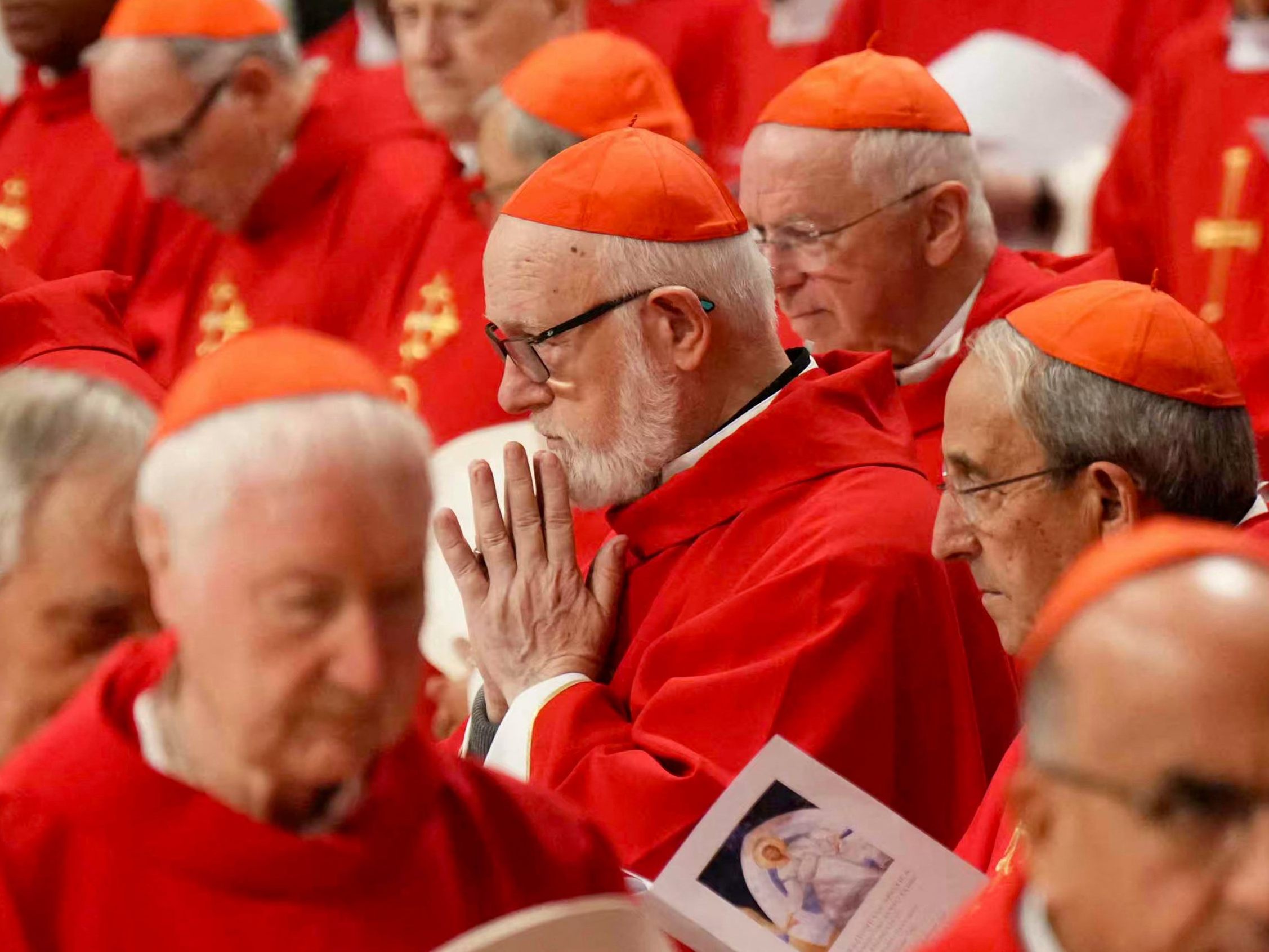From Carriage to Canoe: How Arduous the Cardinals' Journey to the Conclave Used to Be

Since Easter Monday, cardinals around the world have known that their next three to four weeks will be different than planned. They could already start booking their flight to Rome, arranging accommodation, and delegating their duties at home. The official invitation to come to Rome for Pope Francis's funeral, participation in the general congregations, and the conclave came via email.
The technological advancements of the past 150 years have contributed to more cardinals making it to Rome on time to exercise their voting rights. Since the death of Pius XII in 1958, this problem no longer arose. Since then, they could easily board a plane to travel to Rome as quickly as possible.
Since 1875, there have been cardinals from non-European countries
Almost exactly 150 years ago, in March 1875, Pope Pius IX appointed John McCloskey (1810-1885), the Archbishop of New York, as the first cardinal from a non-European country. It was the first step towards the internationalization of the College of Cardinals, which has been explicitly extended to the very edges of the earth since Pope Francis.
At the conclave in 1878 after the death of Pius IX, the situation for the cardinals had already improved significantly. Information could be transmitted in the shortest time by telegram, no longer by post or messenger. There was also the possibility to travel by train or steamship instead of by stagecoach. This was not only considerably more comfortable but also significantly faster.
But still - it was not always fast enough. Especially the cardinals from the USA or Latin America had to experience this painfully. Cardinal McCloskey reached Rome in 1878 five days after the conclave began. By then, the cardinals had already elected Leo XIII three days earlier.
Arrived too late
Cardinal James Gibbons (1834-1921), Archbishop of Baltimore, was much luckier. He was in Rome when Leo XIII died in July 1903. Therefore, he was able to participate in the conclave as the first non-European and first American. In 1914, Joaquim Arcoverde de Albuquerque Cavalcanti (1850-1934), Archbishop of Rio de Janeiro, was the first cardinal from Latin America to participate in a papal election; from this, Benedict XV emerged.
The two US cardinals at the time and the one from Canada arrived too late. Both in 1914 and 1922, they lost the race against time. Quite unfortunate: When Boston's Cardinal William Henry O'Connell arrived in Rome in 1922, the bells were just ringing. Pope Pius XI had just been elected.
After O'Connell was late twice, he asked the Pope to extend the deadline for the conclave in the future. In 1939, he was indeed present - because the cardinals were now granted 15 days to reach the conclave on time. At the port, the cardinals were reminded of the dramatic world situation; for there lay the German ship "Wilhelm Gustloff," flying a large swastika flag. Six years later, in January 1945, the ship, overcrowded with German refugees, was sunk by a Soviet torpedo off the Baltic coast - thousands of people died.
Everything is faster by plane
The very short conclave in 1939 caused a great stir with the then youngest cardinal, Manuel Gonçalves Cerejeira from Lisbon. The 50-year-old traveled by plane - the first ever. Even in 1958, the then oldest cardinal had no fear of flying. His staff had already canceled his participation in the conclave; but the 92-year-old Archbishop of Santiago de Chile, José María Caro Rodríguez, insisted on attending and boarded the plane to Rome.
With the plane, it became easier for the cardinals. Yet, depending on where they lived, the journey remained long. The news agency UPI reported a mishap that Cardinal Pio Taofinu'u from Samoa experienced in the summer of 1978. He was on a pastoral visit by canoe when the canoe capsized; he fell into the sea and cut his foot on a coral reef. Upon his return, he heard of the death of Paul VI. From Samoa, he had to travel to New Zealand to catch the plane to Rome. On the way, his foot became infected, so he even had to undergo surgery before the conclave. At least he was on time.
Died just before the election
Cardinal Edward Aloysius Mooney, Archbishop of Detroit, was also on time. Just before the conclave began in 1958, he lay down for a moment. He died in his sleep - three hours before the start of the papal election, from a heart attack.
(By Christiane Laudage/Kathpress)
(APA/Red)
This article has been automatically translated, read the original article here.





